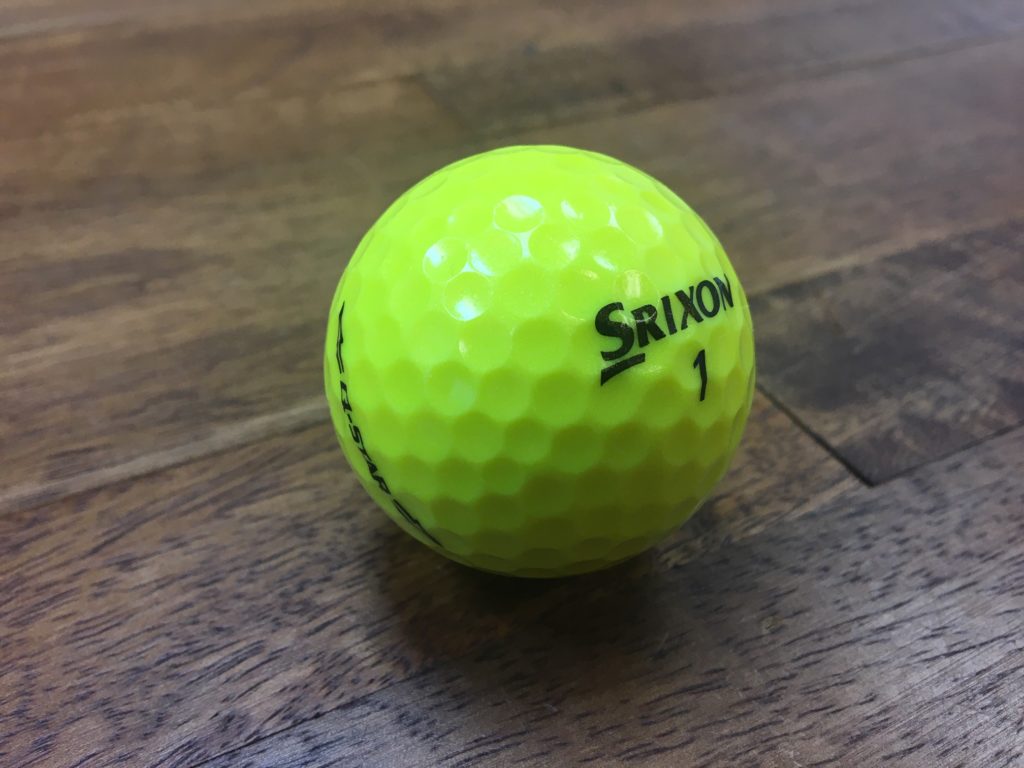Why have golf balls always been white? With so many color options nowadays, it seems strange for golf balls to have been white for so long.
The recent explosion of golf ball aesthetic options ranging from matte, sparkled, speckled, colored, and so many more has taken the industry by storm the past couple of years. However, this popularity increase makes you wonder why golf balls were ever only white.

The first golf balls painted appear to be feathery balls in the 17th century. These balls were made of leather, filled with feathers, and then commonly painted with white paint. These balls were exceptionally expensive to produce at the time. Hence, their owners probably preferred not to lose them and the natural color of the balls did not contrast against the grass. Therefore, many feathery balls were painted white. Why white though?
In the 17th century, white paint was readily available from using chalk or lead as a pigment. It was a bright color and was a good alternative compared to the natural brown of the feathery balls. It is not as if high-intensity yellows and neons were available options, so for hundreds of years, white was the standard color.
Since white is not inherently a bad option, it wasn’t until relatively recently that manufacturers began exploring the entire color spectrum. Modern science has allowed the ability to produce a wide range of high-visibility colors and finishes. These aren’t your local mini golf rainbow balls. These high-visibility and entertaining finishes are being offered on state of the art balls. Players are able to find and purchase nearly any color or pattern in any finish they could dream of. So how does someone figure out what color works for them?
Well scientifically, your eyes can see different shades of green the best. However, golf is played on grass, so green may not be the best option for a ball. Supposedly, yellow becomes the most visible color at a distance and in low light. However, everyone’s eyes are different. We here at Haggin Oaks recommend getting a dozen golf balls of various colors and patterns and taking them out to find which ones work the best for you.
Authored by Taylor Morton


Why Are Golf Balls White? Are There Other Color Golf Balls? - One Stop Golfing
[…] https://www.hagginoaks.com/blog/why-are-golf-balls-white/ […]